Case Study: BG Counter Traps for Mosquito Population Monitoring in Illinois
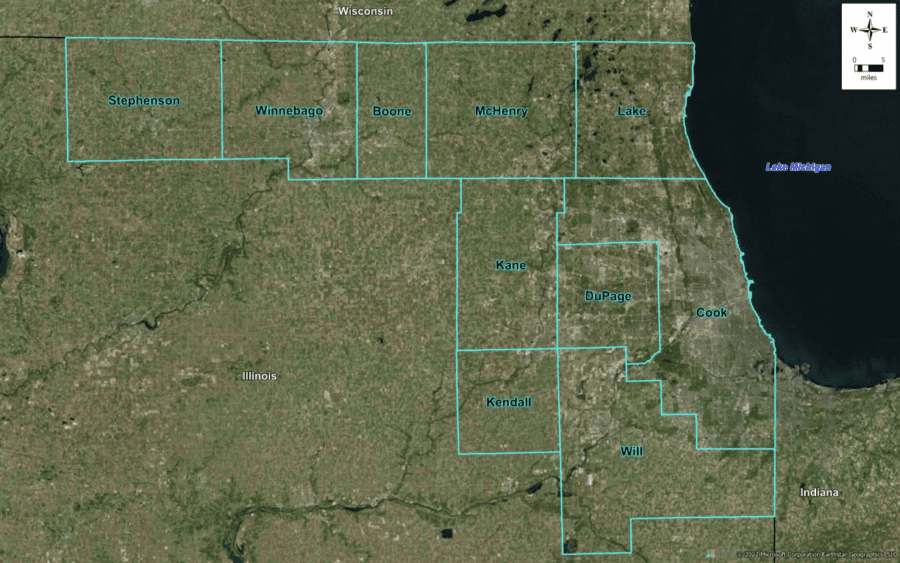

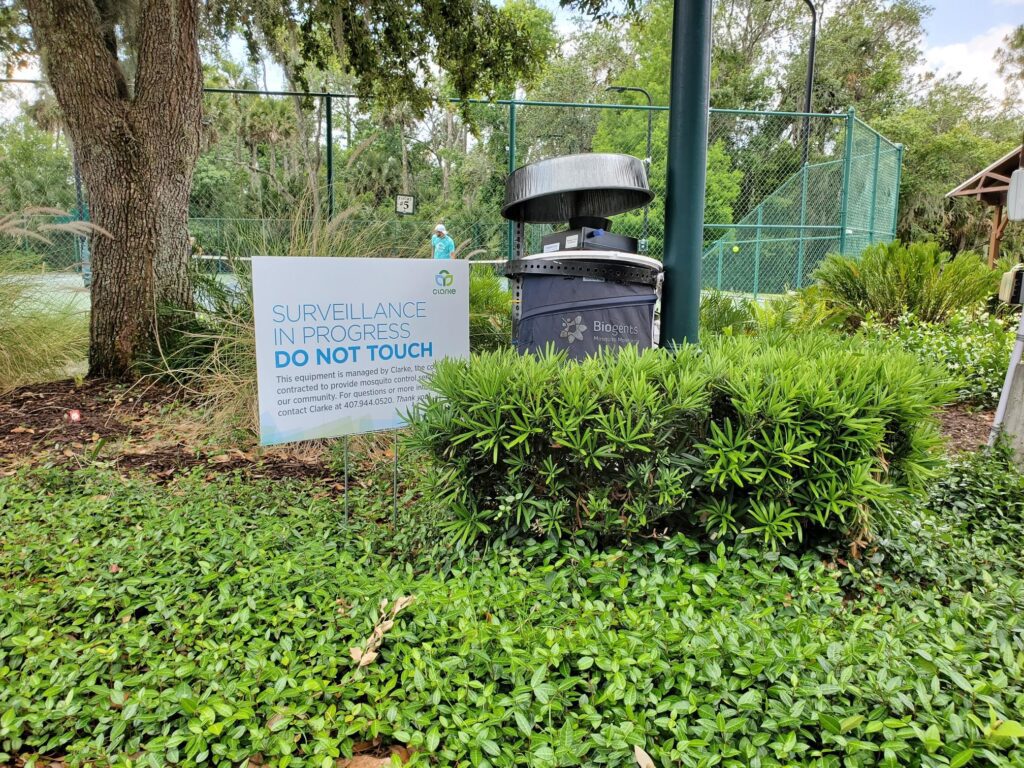
What happens when an extensive, regional surveillance network containing more than 200 adult mosquito traps introduces remotely operated, next-generation technology in the form of Biogents’ BG Counters?
Clarke’s latest case study reveals the data. Read on to learn about Clarke’s operational rollout, troubleshooting and found benefits.
The Chicago suburbs mosquito surveillance networks selected for this case study originally contained more than 200 traditional traps that operated seven days a week. These traps included the New Jersey Light Trap, ABC Trap, Gravid Trap and BG Sentinel Trap – each of these work in tandem to achieve the following goals:
In particular, the New Jersey Light and ABC traps monitored mosquito populations, the Gravid traps collected samples specifically for WNV testing, and the BG Sentinel traps assisted with invasive species detection. You can read more about the uses and functions of mosquito traps here.

As you no doubt may expect, operating a mosquito surveillance program with such a large footprint, 200 manual mosquito traps and a wide variety of trap capabilities was expensive in terms of labor hours and operational costs such as gas mileage. To combat this, Clarke’s opted to implement the BG Counter trap to take advantage of its ability to significantly decrease the man hours needed to run the trap network as well as to optimize and automate mosquito data collection.
The Biogents BG-Counter is a next-generation mosquito surveillance technology and the first to enable remote monitoring for mosquitoes. Attaching to most existing BG traps – including the BG Sentinel and BG Pro traps – the BG Counter counts the number of mosquitoes flying through its sensors and auto-populates mosquito populations and their activity levels into an accompanying web application.
This remote, automated data collection minimizes the need for manual collections and counts. In addition, it also helps inform operational teams for better timing of and more effective treatments.
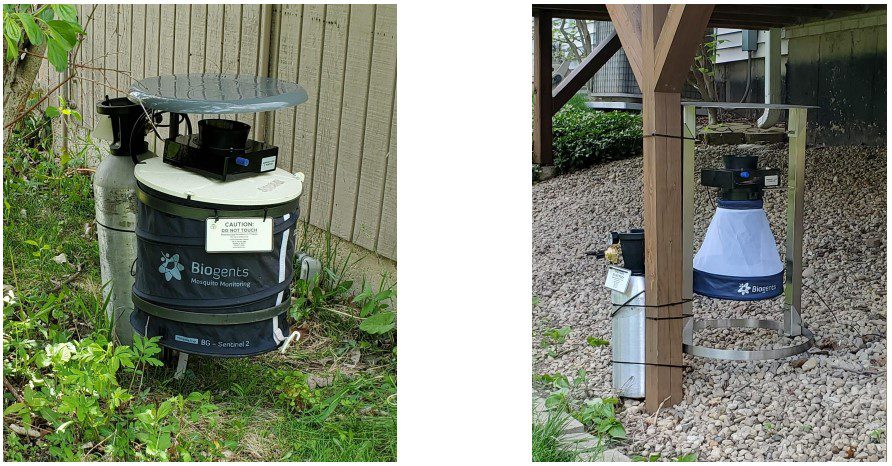
In 2021, Clarke rolled out its first test run of BG Counter units, implementing them across 17% of their existing population monitoring traps with a goal to achieve a 25% utilization percentage by 2022.
To ensure accuracy during this first year of use. Clarke included collection bags alongside the BG Counter units and manually counted collection samples. For other districts looking to monitor for count accuracy, it should be noted that Clarke found that placement of these collection bags above the fan inhibited proper suction and allowed mosquitos to fly in and out of the trap, getting counted multiple times. This finding revealed the importance of placing the net below the fan when teams may be double checking counts.
These manual counts ultimately found that the BG Counter was, in fact, highly accurate.
The only discrepancies discovered in the BG Counter’s functionality and accuracy throughout the study were due to a few rare occasions where non-target insects entered the device, or a spider set up a web in the trap’s opening. Since the counter collects small, medium and large objects, the potential for other insects to enter the device is minimal but still present, making it necessary to occasionally double check trap counts or monitor for unprecedented population changes.
After the first rollout of BG Counter devices within Clarke’s mosquito surveillance network, our operational team discovered that most of the collected mosquitos were of the Culex species.
Clarke plans to make a series of adjustments in the next mosquito season to determine if the trap setup affected the collection samples.
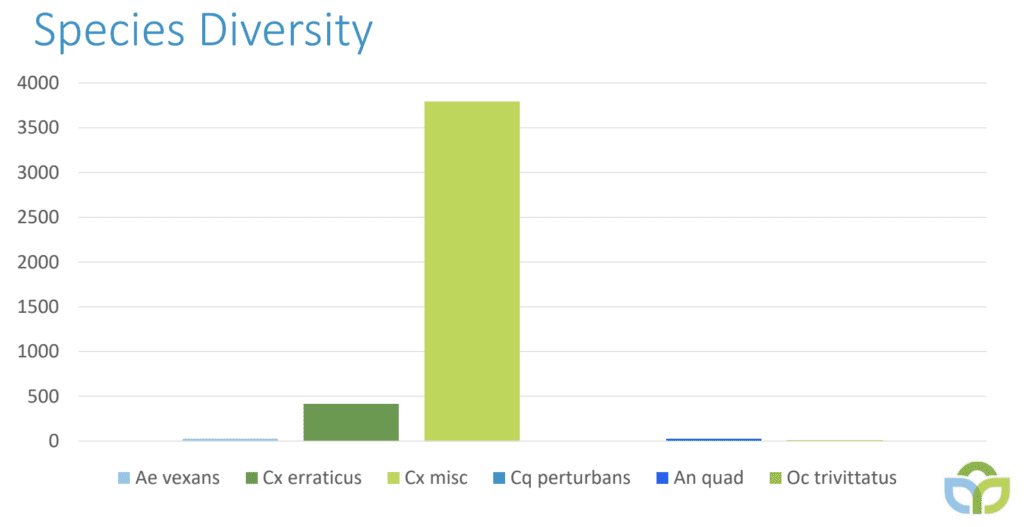
The labor savings for rural areas was most notable – with the BG Counter saving more than 330 hours of manpower, 4,900 miles of fuel, and $6,000 over the course of the program.
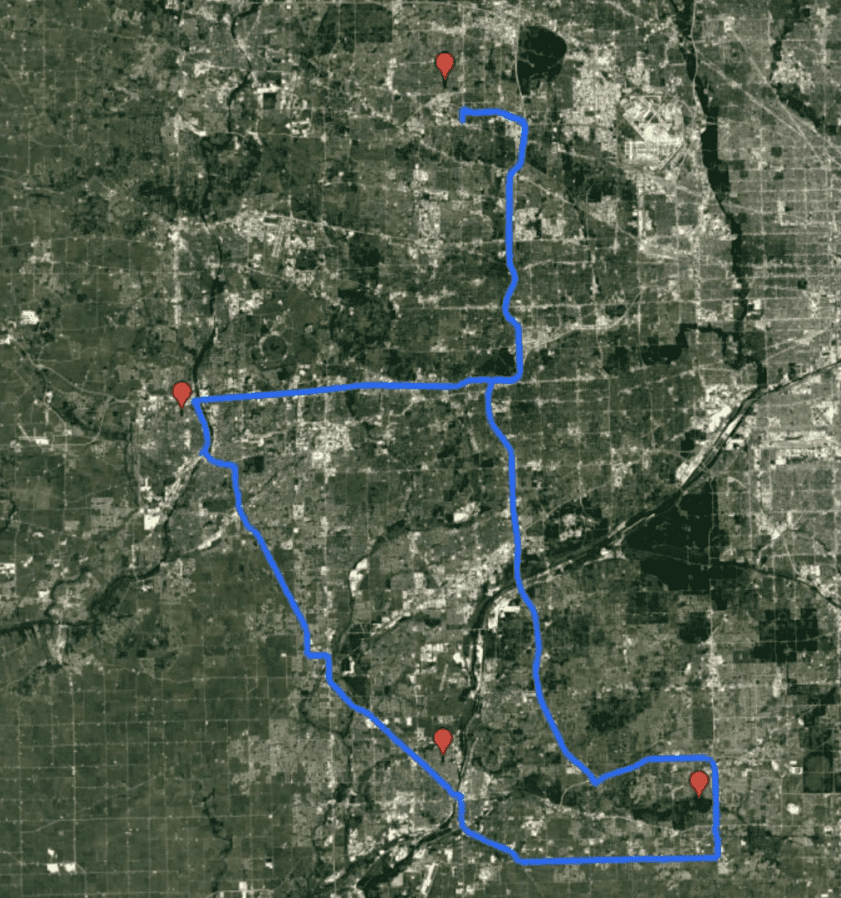
This program’s implementation and monitoring also helped to determine the importance of utilizing a rain guard and placing traps in lower-traffic areas to maintain the counters’ accuracy. Using a rain guard lessened the debris or raindrops that entered the trap and erroneously counted as mosquitos. In addition, placing the traps in lower-traffic areas helped mitigate potential human intervention or tampering with the devices.
Additionally, Clarke found that to maintain the efficacy of the traps, it was essential to swap out the CO2 tanks appropriately throughout the season. The number of times the tanks needed replacement depended mainly on the size of the CO2 tanks used and how frequently their associated traps ran. The operational team found that most surveillance networks will likely need to switch their CO2 tanks out at least once during the season.
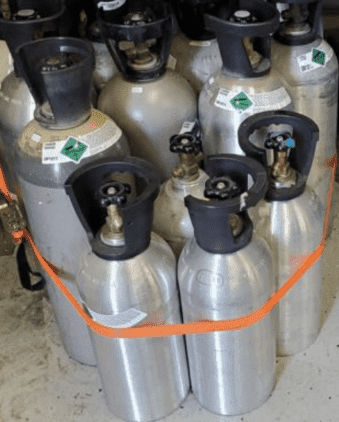
When it comes to monitoring CO2 tanks, another benefit to the BG Counter platform is that any mosquito surveillance team can enter their CO2 tank settings into the BG website, automatically providing notifications for when the tanks need replacement.
Finally, Clarke discovered throughout the study that they could find and address any trap malfunctions or issues more quickly and effectively by paying close attention to the BG website. This allowed for more accurate readings and optimized the mosquito surveillance network overall.
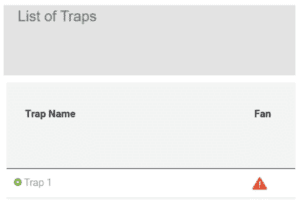
Over the course of a mosquito season in Illinois, the use of BG Counter within a mosquito surveillance network resulted in many benefits for both the operational team as well as the population served, including:
Most mosquito control programs find that a combination of all available surveillance technologies best suits their needs for monitoring population levels and detecting arbovirus disease cycles. Looking for guidance on the right surveillance mix to monitor your local populations? Drop us a line here and our mosquito control experts can help.